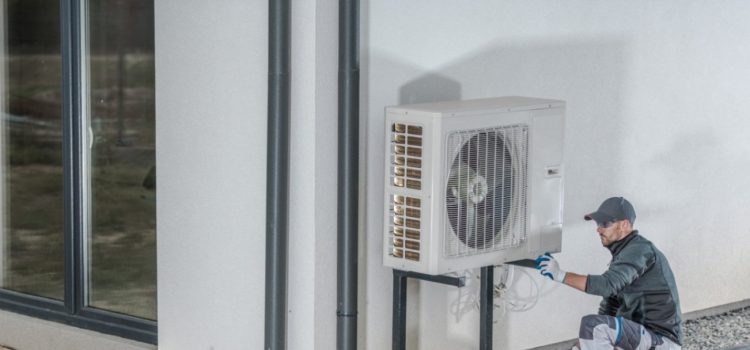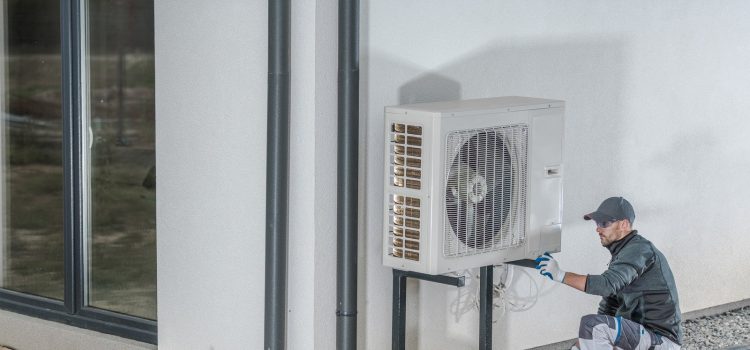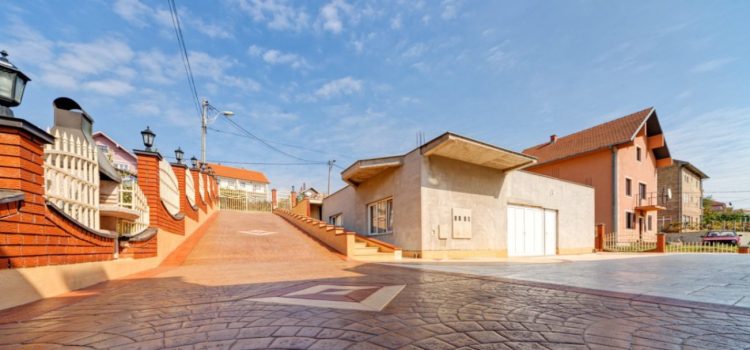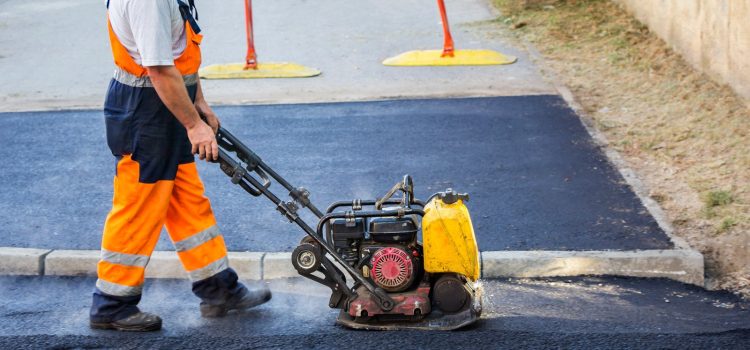A garage door does more than just provide access to your home—it protects your property, enhances curb appeal, and contributes to overall safety. While DIY installation may seem tempting, professional garage door installation in Somerville, NJ offers benefits that save time, money, and potential headaches. Whether you need a new garage door, replacement, or upgraded features, understanding the advantages of hiring experts can help you make the right choice.
Ensures Accurate Installation
One of the primary benefits of professional garage door installation is precise and accurate setup. Garage doors are complex systems with multiple components, including springs, rollers, tracks, and sensors. Professionals have the experience to:
-
Properly align tracks to ensure smooth operation.
-
Safely handle heavy doors and tensioned springs.
-
Adjust door balance for long-term performance.
Accurate installation minimizes the risk of malfunction, reduces wear on parts, and ensures that your garage door works flawlessly for years.
Enhances Home Safety
Improperly installed garage doors can be dangerous. The heavy doors and strong springs can cause injuries if not handled correctly. Professional installers ensure:
-
Springs and cables are safely tensioned.
-
Sensors and auto-reverse features are functioning correctly.
-
Emergency release mechanisms are installed properly.
Hiring experts reduces safety risks for your family and provides peace of mind knowing your garage door is secure.
Improves Security
A garage door is one of the main entry points to your home. Professional installation helps maintain high security standards by:
-
Ensuring locks and security mechanisms are properly installed.
-
Fitting the door snugly to prevent forced entry.
-
Integrating modern door openers with secure technology.
This added security protects your belongings and enhances overall home safety in Somerville, NJ.
Saves Time and Effort
Installing a garage door is a labor-intensive process that requires specialized tools and knowledge. Professionals can:
-
Complete the installation efficiently, often in a few hours.
-
Avoid mistakes that could lead to costly repairs or reinstallation.
-
Provide guidance on maintenance for optimal performance.
Time savings and reduced stress make professional installation a practical choice for busy homeowners.
Increases Longevity and Performance
Expert installation extends the lifespan of your garage door. Properly balanced doors, aligned tracks, and correctly installed openers reduce strain on parts and prevent premature failure. This ensures:
-
Smooth and quiet operation over time.
-
Reduced risk of damage to panels, springs, or tracks.
-
Fewer unexpected repairs and lower maintenance costs.
Investing in professional installation pays off by maintaining the door’s efficiency and reliability.
Access to Expertise and Recommendations
Professional installers bring valuable knowledge and experience. They can advise on:
-
The best door material for your home’s style and climate.
-
Energy-efficient options for better insulation.
-
Door openers, sensors, and smart technology integration.
These recommendations ensure your garage door meets your needs and complements your home aesthetically and functionally.
Warranty and Support
Many professional garage door companies provide warranties on both the door and the installation. This coverage protects you against defects, faulty parts, or installation errors. Additionally, you gain:
-
Access to prompt repairs or adjustments if needed.
-
Peace of mind knowing the installation is backed by professionals.
-
Long-term support for maintenance and upgrades.
Warranties and ongoing support are not typically available with DIY installation.
Convenience of Full-Service Installation
Professional installation often comes with additional services such as:
-
Removal and disposal of your old door.
-
Inspection of your garage structure for potential issues.
-
Testing and programming of door openers and security features.
This full-service approach simplifies the process and ensures your garage door is fully operational from day one.
Conclusion
Choosing professional garage door installation in Somerville, NJ offers numerous advantages, from accurate setup and enhanced safety to improved security and longer lifespan. Experts save time, prevent costly mistakes, and provide peace of mind with warranties and support. If you’re planning a new garage door, replacement, or upgrade, working with experienced installers ensures your investment delivers maximum value and reliable performance.
For reliable garage door installation and repair services in Somerville, NJ, click here to learn more.









